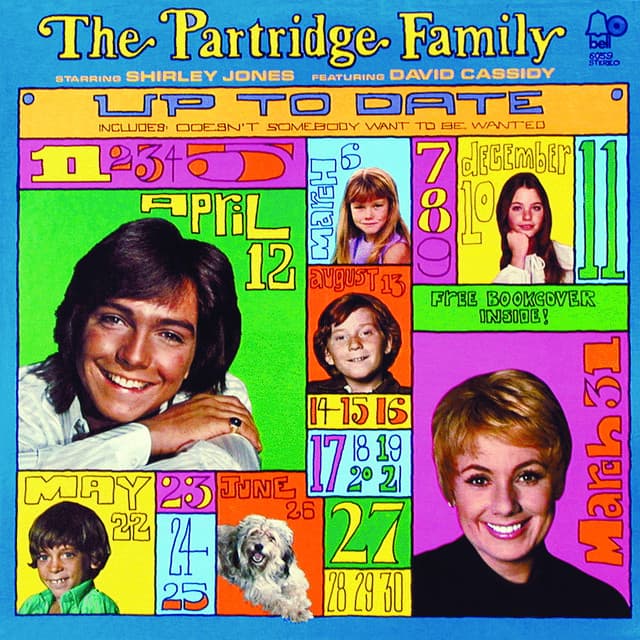
A Sunshine-Pop Promise of Enduring Romance: When The Partridge Family Declared, “That’ll Be The Day.”
“That’ll Be The Day,” a song with a rich history and a timeless message of romantic hope, found a fresh and vibrant interpretation in the hands of The Partridge Family. Originally a groundbreaking hit for Buddy Holly and the Crickets in 1957, The Partridge Family’s upbeat cover was released as a single in 1971 and featured on their album “Up to Date,” injecting a dose of sunshine-pop energy into the classic tune. While their version didn’t reach the same chart-topping heights as Holly’s iconic original, it became a recognizable and well-loved track in their repertoire, reaching number eleven on the Billboard Hot 100 and further solidifying their status as pop hitmakers. The album “Up to Date” itself was a significant success, reaching number three on the Billboard Top LP’s chart. The song’s meaning, whether in Holly’s original or The Partridge Family’s rendition, is a declaration of optimistic resolve, with the singer asserting that the day their romantic dreams come true – the day their love truly lasts – will be a significant and joyful occasion. It transforms a simple expression of hope into an upbeat and enduring pop promise of future happiness in love.
Imagine the bright colors and optimistic spirit of the early 1970s, the infectious energy of a young band riding a wave of popularity, and the sound of David Cassidy’s enthusiastic voice, brimming with youthful confidence as he sings, “That’ll Be The Day.” While paying homage to the rock and roll roots of Buddy Holly, The Partridge Family’s version infused the song with their signature sunshine-pop sound, characterized by bright harmonies, a driving beat, and a generally more polished production. Featured on their successful album “Up to Date,” this track showcased their ability to take a classic and make it their own, appealing to a new generation with their clean-cut image and catchy melodies. The arrangement, with its prominent pop instrumentation and Cassidy’s energetic delivery, creates an atmosphere of youthful optimism and an unwavering belief in the eventual triumph of love. Their rendition served as a bridge between the early days of rock and roll and the burgeoning pop sounds of the new decade, introducing a timeless song to a new audience.
The story behind “That’ll Be The Day” is a significant chapter in the history of rock and roll. Written by Buddy Holly, Jerry Allison, and Norman Petty, it was a pivotal recording that launched Holly and The Crickets to stardom, becoming a defining sound of the late 1950s. The Partridge Family’s decision to cover this classic speaks to the enduring appeal of the song’s simple yet powerful message of romantic hope. Their version, while stylistically different from the original, retained the optimistic core of the lyrics, presenting it with a fresh, youthful energy that resonated with their fanbase. It was a respectful nod to a rock and roll pioneer while simultaneously fitting perfectly within their own pop sensibilities.
For those of us who remember the hopeful idealism of youth and the unwavering belief in a future filled with lasting love, The Partridge Family’s rendition of “That’ll Be The Day” evokes a sense of bright and optimistic nostalgia. It reminds us of a time when dreams felt limitless and the promise of enduring romance seemed just around the corner. David Cassidy’s enthusiastic voice and the song’s upbeat melody offer a moment of shared youthful optimism, a comforting acknowledgment of the timeless human desire for lasting love and the unwavering hope that “that’ll be the day” when those dreams finally come true. It remains a cheerful and memorable pop interpretation of a rock and roll classic, a testament to the enduring power of a hopeful heart.